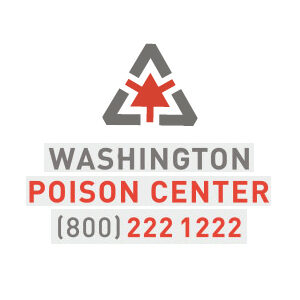Contact Us
Overview

The Spokane region has many bodies of water available for recreation. Take precautions with family and pets while enjoying the water to avoid potentially harmful algae blooms that can be found in some area lakes and rivers.
Harmful algae blooms occur when algae with toxic strains starts to grow. Freshwater algae blooms caused by cyanobacteria (blue-green algae) are most common in lakes, but can occur in rivers and streams with warm, slow-moving and stagnant waters.
Basics
Algae blooms can vary in appearance, but commonly look like pea soup or are blue-green or turquoise in color. Extreme summer heat and lower than normal water levels can create an ideal environment for algae to easily grow and multiply.
The toxicity of each bloom can vary and is difficult to predict. Toxicity can change from one day to the next. It isn’t possible to determine how dangerous a bloom is to people and animals by looking at it. Only testing can tell if it is dangerous.
Recommendations
To protect yourself, loved ones and pets, take the following precautions when choosing a body of water for recreation.
- Look for signs of toxic algae blooms and pay attention to signage. If you see a bloom, stay out of the water and keep your pets out of the water. Do not fish, swim, boat, or play water sports; do not allow your pets to drink the water. You cannot tell if a bloom is harmful by looking at it, so when in doubt, stay out!
- Do not go into or play in water that:
- Smells bad
- Looks discolored
- Has foam, scum, algal mats, or paint-like streaks on the surface
- Has dead fish or other animals washed up on its shore or beach
- Do not swim in and limit exposure to water that is under a health advisory or is listed as having a toxic algae bloom on the Washington State Toxic Algae site.
- Do not drink or use water for domestic purposes like showering if it is under a health advisory or is listed as having a toxic algae bloom on the Washington State Toxic Algae site.
More Information
Report a Suspected Algae Bloom
Spokane Regional Health District does not routinely sample or post local rivers/lakes for toxic algae. Some of Spokane County’s lakes have associations or groups who do their own monitoring. If you want to report a bloom, submit a water sample for testing, or check to see if a toxic algae bloom has been identified in a body of water in Washington State, visit this website:
Washington State Department of Health | Washington State Department of Ecology | King County Washington State Toxic Algae
Content courtesy of the Washington State Department of Health.

Washington Poison Center
Statewide provider of immediate, free, and expert treatment advice and assistance on the telephone in case of exposure to poisonous, hazardous, or toxic substances. All calls are confidential. Call (800) 222-1222.
